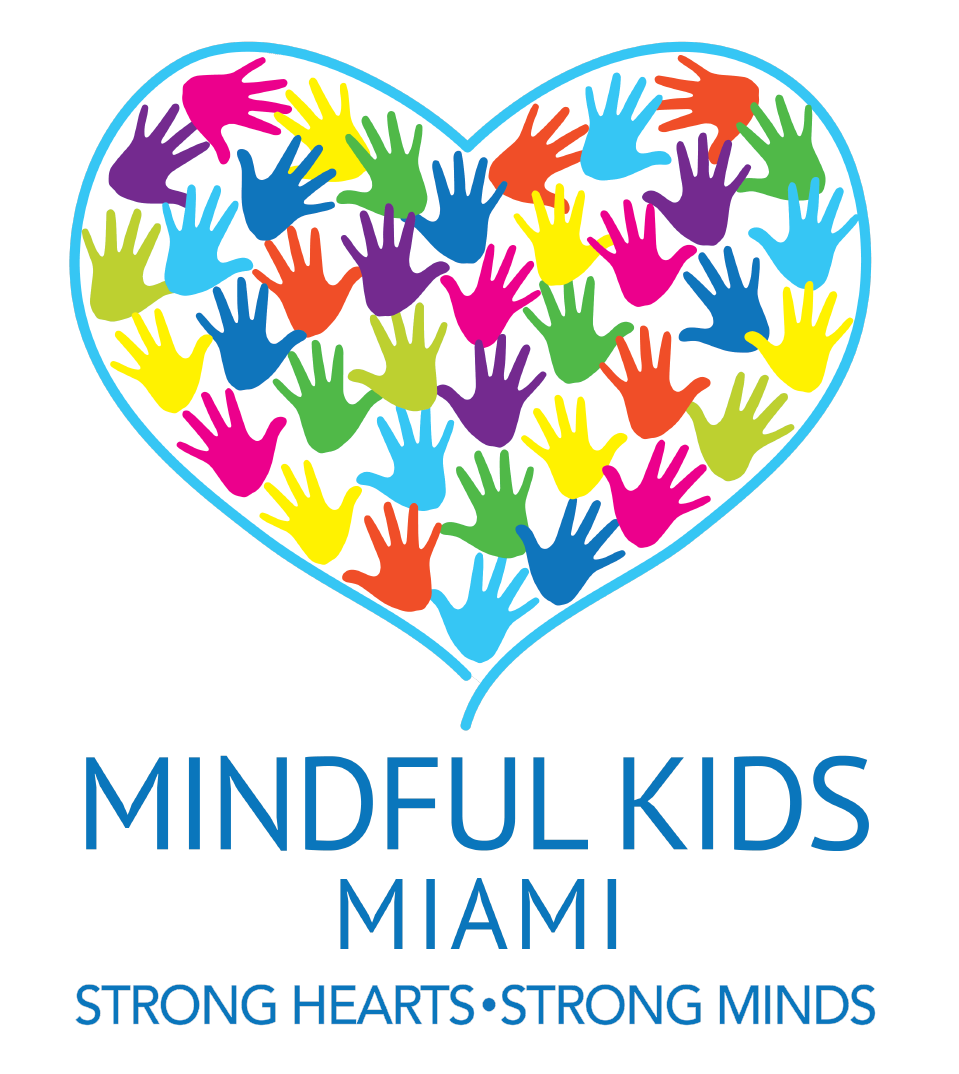What Is Mindfulness?
It’s very possible you have heard the term mindfulness being used more frequently of late - in the media, in classrooms, in politics, and across social media. Mindfulness has grown in popularity as well as in practice over the past few years, with practices being incorporated into schools, organizations, and families. Mindfulness is the practice of being aware of the present moment and suspending judgment, fears, or hopes in favor of simply noticing feelings and thoughts as they come and go. With myriad benefits including the improvement of both physical and mental conditions such as fibromyalgia, psoriasis, anxiety, depression, and post-traumatic stress disorder, the practice of mindfulness has even caught the attention scientific research programs and hospitals, where studies have been conducted using functional magnetic resonance imaging (fMRI) to see changes in brain activity patterns as a result of mindfulness meditation.
Being Mindful of a Moment
When was the last time you were fully present to what you were eating, or taken a moment to close your eyes and just notice the sensations of your breath at the end of a very stressful day? Mindfulness applies to all experiences, pleasant, neutral, as well as challenges. With greater presence we are able to enjoy more ordinary moments in our day. We also learn that our experiences are often changing and temporary, allowing us to loosen our grip as opposed to holding onto our struggles. How can you practice this?
Through engaging your five senses (seeing, hearing, feeling, smelling, and tasting)
Paying attention to the inner landscape or anything happening inwardly such as perceptions, emotions, intentions, thought processes, and more.
Taking note of the outer landscape such as our environment and interactions with others.
Mindfulness applies to both positive, pleasant moments as well as obstacles or struggles. Mindfulness allows you to enjoy the day, with moments of pleasure, and allows you to engage with them fully. It also allows you to understand and feel the difficult challenges as a moment that will pass, as opposed to hanging onto suffering and extending it beyond it’s given time. Mindfulness gives you the opportunity to examine the unexamined feelings, thoughts, and emotions. Does it take practice? Absolutely! Can you achieve it? Without a doubt.
How Can You Practice Mindfulness?
One of the first ways you can begin your mindfulness journey is through mindfulness meditation. Meditation is an umbrella term for many ways an individual reaches a particular goal such as serenity, insight, connection, or awareness. Some meditations are spiritual. Mindful meditation is a secular practice, and there are a variety of ways to bring it into your daily life. One of the practices we recommend starting with is the S.T.O.P. practice – which can be as brief as one minute or extended to a duration of your choosing. We encourage you to practice S.T.O.P.-ing several times throughout your day.
Take a pause from what you are doing
Take a few mindful moments to notice your breathing, sounds, or sensations
Observe your experience just as it is (thoughts, emotions, and body sensations)
Proceed with your day with greater care and awareness
It’s that simple. Mindfulness practice includes both narrow and wide ranges of awareness. It can help you remain centered in difficult moments and give you insight on your attitudes and dispositions in times where a reaction is necessary. It can also help you cultivate a deep and compassionate awareness that leads you to examining your goals and lean into the values that you hold dear. It takes practice, like anything worthwhile does, but the rewards are well worth it. We invite you to read more about mindfulness here and begin your journey today.

